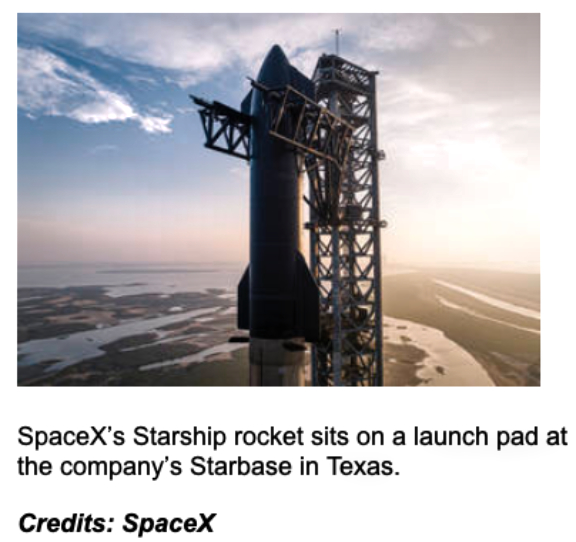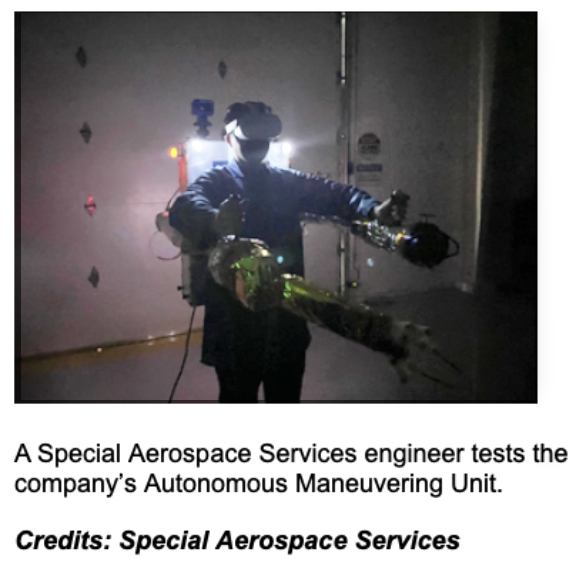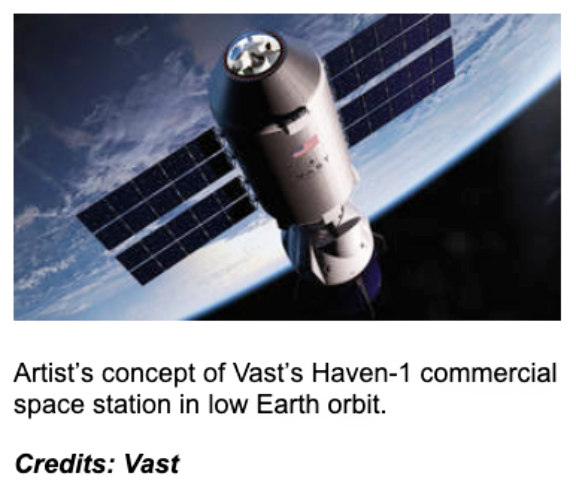
Recently, NASA announced the agency will partner with seven U.S. companies to meet future commercial and government needs that will ultimately benefit human spaceflight as well as the U.S. commercial LEO economy.
Through unfunded Space Act Agreements, the second Collaborations for Commercial Space Capabilities-2 initiative (CCSC-2) is designed to advance commercial space-related efforts through NASA contributions of technical expertise, assessments, lessons learned, technologies, and data. Structured sharing of NASA expertise demands minimal government resources but fosters development of capabilities that can be crucial to development of a robust LEO economy.

The companies selected for the Collaborations for Commercial Space Capabilities-2 include…
- Blue Origin, Kent, Washington
Blue Origin is collaborating with NASA to develop integrated commercial space transportation capability that ensures safe, affordable, and high-frequency US access to orbit for crew and other missions

- Northrop Grumman Systems Corporation, Dulles, Virginia
Northrop Grumman is collaborating with NASA on the company’s Persistent Platform to provide autonomous and robotic capabilities for commercial science research and manufacturing capabilities in LEO

- Sierra Space Corporation, Broomfield, Colorado
Sierra Space is collaborating with NASA for the development of the company’s commercial low Earth orbit ecosystem, including next-generation space transportation, in-space infrastructure, and expandable and tailorable space facilities providing a human presence in LEO

- Space Exploration Technologies Corporation, Hawthorne, California
SpaceX is collaborating with NASA on an integrated LEO architecture to provide a growing portfolio of technology with near-term Dragon evolution and concurrent Starship development. This architecture includes Starship as a transportation and in-space LEO destination element supported by Super Heavy, Dragon, and Starlink, and constituent capabilities including crew and cargo transportation, communications, and operational and ground support

- Special Aerospace Services, Boulder, Colorado
Special Aerospace Services is collaborating with NASA on an in-space servicing technology, propulsion, and robotic technology called the Autonomous Maneuvering Unit (AMU) and the Astronaut Assist-AMU for commercial in-space servicing and mobility applications intended for safer assembly of commercial LEO destinations, servicing, retrieval, and inspection of in-space systems

- ThinkOrbital Inc., Lafayette, Colorado
ThinkOrbital is collaborating with NASA on the development of ThinkPlatforms and CONTESA (Construction Technologies for Space Applications). ThinkPlatforms are self-assembling, single-launch, large-scale orbital platforms that facilitate a wide array of applications in LEO, including in-space research, manufacturing, and astronaut missions. CONTESA features welding, cutting, inspection, and additive manufacturing technologies, and aids in large-scale in-space fabrication

- Vast Space LLC, Long Beach, California
Vast is collaborating with NASA on technologies and operations required for its microgravity and artificial gravity stations. This includes the Haven-1 commercial destination, which will provide a microgravity environment for crew, research, and in-space manufacturing, and the first crewed mission, called Vast-1, to the platform. Development activities for larger space station modules will also take place under the Space Act Agreement

NASA selected these proposals based on an evaluation of their relevance to achieving the agency’s goals and its ability to provide the requested resources, as well as the feasibility of the company’s business and technical approach. Each party bears the cost of its participation through the agreements.
NASA’s support for a robust LEO economy is intended to boost education and job growth in science and engineering, and to spur economic growth through the creation of new space markets. The first Collaborations for Commercial Space Capabilities selections in 2014 supported development of four collaborations associated commercial rockets, spacecraft, and spacesuits.
For decades, NASA has supported a continuous U.S. human presence in low Earth orbit with astronauts living and working aboard the International Space Station. In 2019, NASA adopted a strategy to help achieve the agency’s goal of a low Earth orbit marketplace where NASA is one of many customers and the private sector leads the way. This strategy will enable NASA to continue using low Earth orbit to foster scientific discovery and technology development that both improves life on Earth and advances human exploration into deep space.
“It is great to see companies invest their own capital toward innovative commercial space capabilities, and we’ve seen how these types of partnerships benefit both the private sector and NASA,” said “The companies can leverage NASA’s vast knowledge and experience, and the agency can be a customer for the capabilities included in the agreements in the future. Ultimately, these agreements will foster more competition for services and more providers for innovative space capabilities.” — Phil McAlister, director of commercial spaceflight at NASA Headquarters in Washington, D.C.

